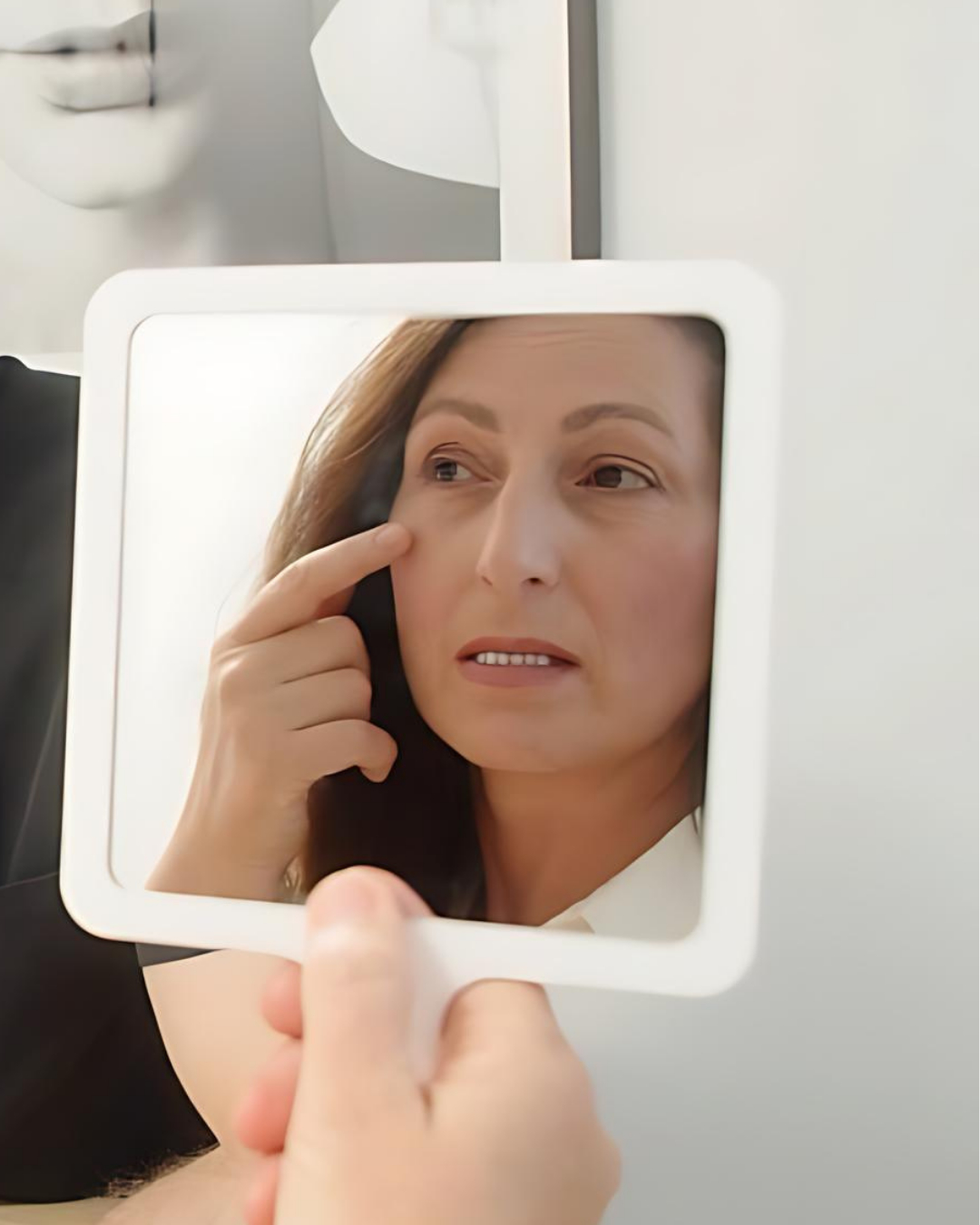Hyaluronidase is also known as ‘Hyalase’, ‘Hylenex’, and ‘filler dissolving’.
Determining the Number of Hyaluronidase Treatments for Filler Dissolution
Hyaluronidase is an enzyme used to dissolve hyaluronic acid-based dermal fillers. The number of treatments required to fully dissolve the filler can vary depending on several factors.
Factors Affecting the Number of Treatments
Amount of Filler: The volume of hyaluronic acid filler you’ve had injected will significantly influence the number of hyaluronidase treatments needed. Larger amounts of filler will generally require more sessions.
Type of Filler: Different types of hyaluronic acid fillers may have varying rates stability, which can affect how easily they respond to the dissolution process.
Desired Outcome: The desired outcome will also determine the number of treatments. If you want to completely remove the filler, you may need multiple sessions.
General Guidelines
While individual cases may vary, here are some general guidelines for the number of hyaluronidase treatments:
Single Treatment: For small amounts of filler or if you’re only looking to partially dissolve the filler, a single treatment may be sufficient.
Multiple Treatments: For larger amounts of filler or if you want to completely remove the filler, multiple treatments may be necessary. The number of sessions can typically range from two to four.
Follow-Up Sessions: Your medical provider may recommend follow-up sessions to ensure complete dissolution of the filler and address any remaining concerns.
Highly experienced providers can generally reverse the desired amount of filler in fewer sessions, because they have a better understanding of the process, and amount of dissolver needed based on the problem.
Factors to Consider
Individual Needs: Your specific needs and goals will influence the number of treatments required.
Provider Recommendations: Your medical provider will assess your individual situation and provide personalised recommendations based on your circumstances.
Desired Outcome: If you’re seeking complete removal of the filler, you may need more treatments than if you’re only looking to partially dissolve it.
Risk of over-dissolving: If you only want to remove some of your filler, there is always a risk that too much is dissolved. This would then require refilling, which can be done at least 2 weeks later. To reduce the chance of this, a conservative approach to dissolving can be taken, but this means you may need more dissolving treatments.
Importance of Consulting with a Medical Professional
It’s essential to consult with a qualified medical provider to determine the optimal number of hyaluronidase treatments for your specific situation. They can assess the amount of filler injected, your individual response, and your desired outcome to provide personalised recommendations.
Conclusion
The number of hyaluronidase treatments required to dissolve dermal fillers can vary depending on several factors. By understanding these factors and consulting with a qualified medical professional, you can make informed decisions about your treatment plan and achieve your desired results.


